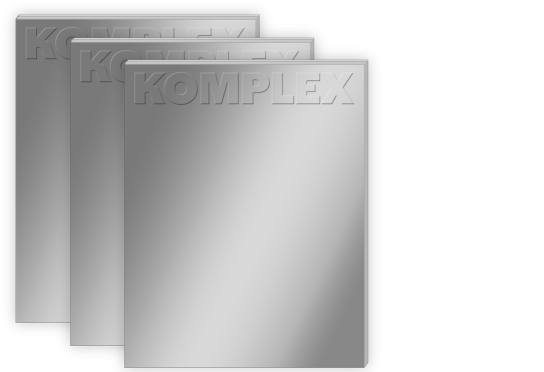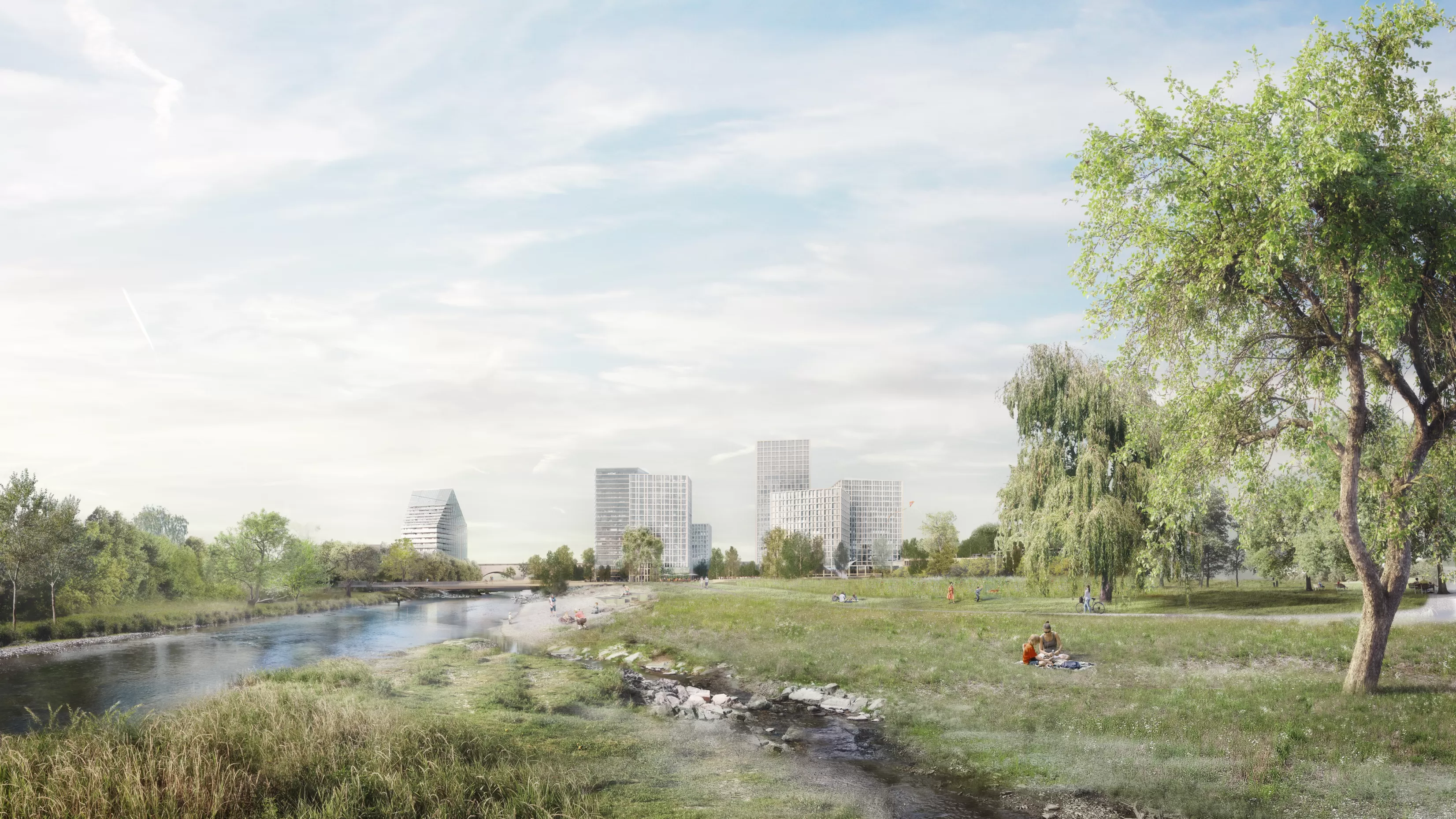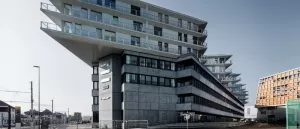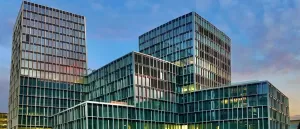Design Build More reliable More transparent More efficient More ecological More innovative
Building doesn’t have to be an odyssey.
As the client, you define your needs and clear expectations – and transfer responsibility for planning and execution to your partners. With Design-Build, you gain the assurance of securing the right product at market price from the outset of the project, while guaranteeing agreed quality, costs, and deadlines even at this early stage.
Design-Build construction harnesses the potential of digitalisation and new technologies in the construction industry. The transparent, competition-based process with the early involvement of contractors enables integrated planning and execution - driving innovation through consistent information management. The result: greater productivity and true circularity.
More Reliable
More Transparent
More Efficient
More Ecological
More Innovative
Design-Build
More Reliable
In the traditional SIA model (Design-Bid-Build), changes are usually managed through addendums when there are discrepancies between the services ordered and the actual results delivered. With Design-Build, this approach is replaced by a functional specification: instead of ordering specific services defined by planners, the client sets clearly defined results. Today, these outcomes can be formulated very precisely right through to the operational phase – visually, quantitatively and qualitatively, in terms of timing and cost.
More Transparent
Thanks to integrated planning and execution with Design-Build, information and data are consistently available – from ordering to operation and back again. This creates the basis for continuous learning and steadily improving business intelligence and insights across the entire property lifecycle. Effective information management is not only the key to innovation and sustainability, but also the foundation for building trust and genuine partnerships.
More Efficient
Compared to the traditional SIA model, Design-Build involves contractors early on, combining planning and execution into an integrated process. All parties involved work towards the same project goals. Planners collaborate within work groups on behalf of the contractors, rather than directly for the client. This approach removes conflicting interests in the construction process and creates shorter communication paths, clear responsibilities and more efficient workflows.
More Ecological
In the traditional SIA model, planning does not focus on specific products until construction begins. This means that engineering with regards to CO₂ emissions from materials, building systems, construction and operational phases remain theoretical. Design-Build changes this: clear project specifications make sustainability and CO₂ targets actionable. Contractors can align their building products, systems and processes with these targets already during the engineering phase – and declare them in binding project documentation.
More Innovative
Only contractors and manufacturers who also take responsibility for planning can standardise building systems and implement them on a larger scale. This is the prerequisite for industrialised construction, robotics, digitally managed logistics and the reuse of components. Design-Build marks a paradigm shift: moving away from cost-based planner fees and price-only competition in execution – towards innovation competition for the best solutions in both planning and execution.
Design-Build
More Reliable
In the traditional SIA model (Design-Bid-Build), changes are usually managed through addendums when there are discrepancies between the services ordered and the actual results delivered. With Design-Build, this approach is replaced by a functional specification: instead of ordering specific services defined by planners, the client sets clearly defined results. Today, these outcomes can be formulated very precisely right through to the operational phase – visually, quantitatively and qualitatively, in terms of timing and cost.
More Transparent
Thanks to integrated planning and execution with Design-Build, information and data are consistently available – from ordering to operation and back again. This creates the basis for continuous learning and steadily improving business intelligence and insights across the entire property lifecycle. Effective information management is not only the key to innovation and sustainability, but also the foundation for building trust and genuine partnerships.
More Efficient
Compared to the traditional SIA model, Design-Build involves contractors early on, combining planning and execution into an integrated process. All parties involved work towards the same project goals. Planners collaborate within work groups on behalf of the contractors, rather than directly for the client. This approach removes conflicting interests in the construction process and creates shorter communication paths, clear responsibilities and more efficient workflows.
More Ecological
In the traditional SIA model, planning does not focus on specific products until construction begins. This means that engineering with regards to CO₂ emissions from materials, building systems, construction and operational phases remain theoretical. Design-Build changes this: clear project specifications make sustainability and CO₂ targets actionable. Contractors can align their building products, systems and processes with these targets already during the engineering phase – and declare them in binding project documentation.
More Innovative
Only contractors and manufacturers who also take responsibility for planning can standardise building systems and implement them on a larger scale. This is the prerequisite for industrialised construction, robotics, digitally managed logistics and the reuse of components. Design-Build marks a paradigm shift: moving away from cost-based planner fees and price-only competition in execution – towards innovation competition for the best solutions in both planning and execution.
Key Facts
- Projects under development and execution
- 320
- Construction volume in millions of CHF per year
- 800
- Locations throughout Switzerland
- 7

News
Von der Vision zur Realität: Die PILATUS ARENA eröffnet ein neues Kapitel für Sport, Events und Kultur in der Zentralschweiz
Neubelebung des Engadinerhof-Areals in Scuol - Kaufrechtsvertrag legt Grundstein für neue touristische Infrastruktur
Startschuss für zwei symbolträchtige Hochhäuser in Genf: Halter und Fordinvest entwickeln neben Rolex eines der beiden Projekte mit einer Höhe von rund 170 Metern
«House of Interiors» bietet neue Arbeitswelten in Zürich
Aufrichte: Bollwerk 15 erfährt umfassende Sanierung





















